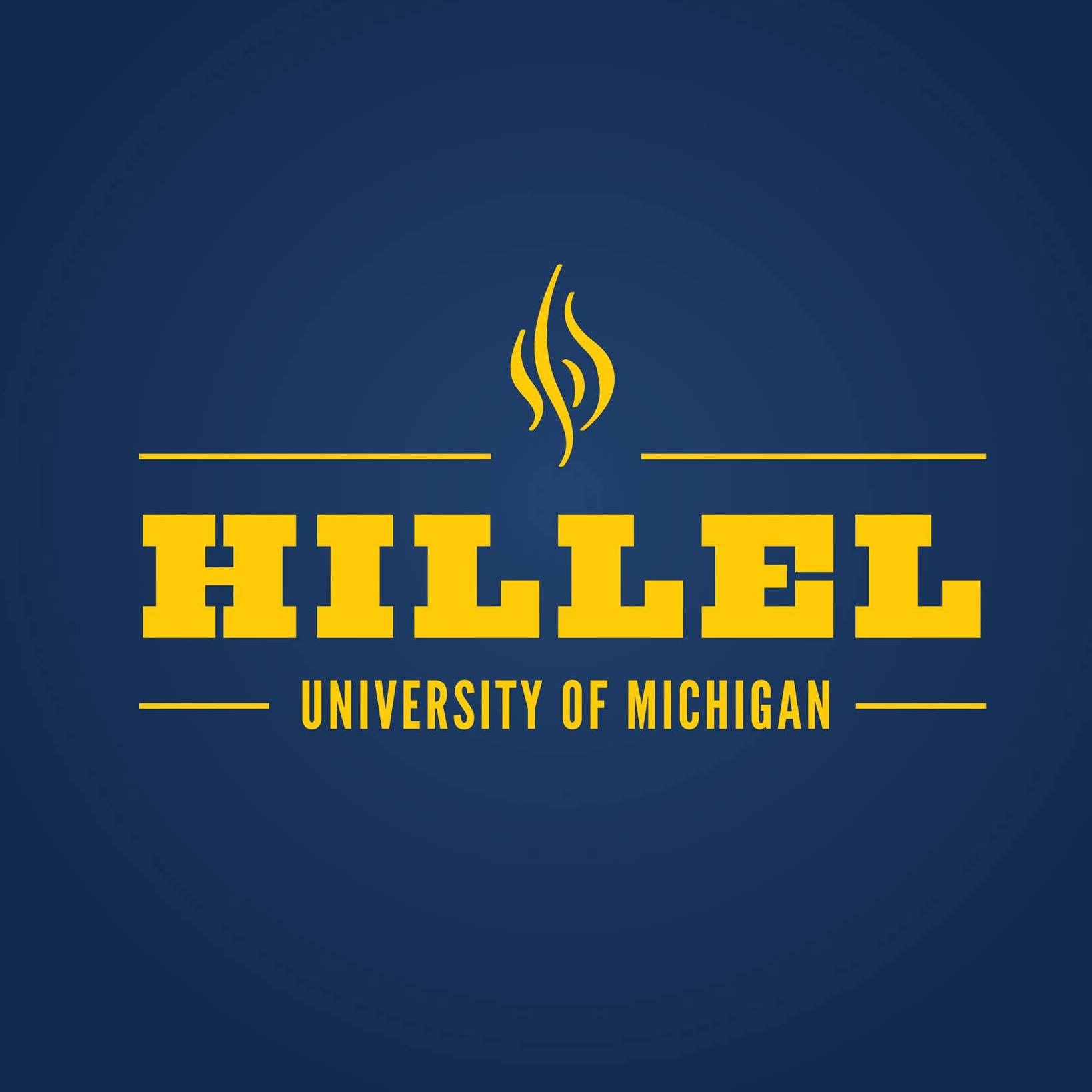
Don't have time to digest all of the below information now? Fill out the below form to get a downloadable version of the Sales Engagement for the Insurance Industry Guide.
If you're ready to dig in, just scroll down below the form to start learning about sales engagement for the insurance industry.
Use the Table of Contents to the left to jump to specific sections.
Are you of the opinion that insurance salespeople have it harder than sellers from other industries? You are not far off the mark. It’s tough to sell peace of mind and trust, and an insurance agent is essentially selling the ‘trust’ that their products will provide the customer with adequate financial protection when required in the future.
According to a Salesforce study, 57% of salespeople do not achieve their assigned sales quota. Hitting your quota doesn’t get any easier when it comes to selling insurance. Insurance agents are trying to sell prospects on a ‘promise of future protection’ in case something happens, which can result in numerous objections.
Today, it takes even more outbound contact attempts to get prospects’ attention than it did before. Merely being online is not enough. Even a strong CRM tool doesn’t give you that edge anymore: every sales team has it. As the customers continue to evolve, the last decade’s ground-breaking tool becomes today’s starting point or foundation.
The traditional method of following and prioritizing a call list manually, within your CRM, can be exhausting and lead to loss of productivity. The salesperson often ends up missing ‘some’ tasks in the list, and fails to follow-up enough times, let alone utilizing every available channel to connect with the prospect. With too much administrative burden on the sales rep, it takes time away from selling. Sales engagement software can take care of all these admin tasks, leaving salespeople to focus on what they do best - building rapport with prospects.
 A complete tech stack can help your sales and marketing teams have better targeting, efficiencies, compliance with the privacy laws, data harmonization, and more. Unfortunately, most insurance agencies and brokers’ tech stacks only include marketing automation and CRM.
A complete tech stack can help your sales and marketing teams have better targeting, efficiencies, compliance with the privacy laws, data harmonization, and more. Unfortunately, most insurance agencies and brokers’ tech stacks only include marketing automation and CRM.
Marketing automation platforms can help your business bring in more inbound leads. Compared to purchased lead lists, inbound leads often represent more qualified opportunities. The contact has taken the initiative to contact your business. They want to speak to a sales rep now. If you throw these leads into a traditional, list-based CRM, do you know what will happen next with those leads?
Probably not.
Traditional, list-based CRMs require that sales reps look for and prioritize the leads they think are the most appropriate to follow up with first. The reason why this happens is that CRMs were designed to manage customer relationships.
CRM doesn’t help sales development reps (SDRs) start one-on-one communications with leads. Nor does CRM always support setting up a consistent sales cadence to help limit the lead decay.
Marketing automation is the solution that works to bring the leads in, and CRM is the system of record for customer activity. However, there’s a missing element: the tool that helps salespeople start conversations that lead to sales. That missing piece is a sales engagement platform.
Insurance sales professionals need a set of tools that enable them to quickly and efficiently follow up with prospective customers. This is where sales engagement software excels.
Sales engagement software helps sales teams

A robust sales engagement platform frees a salesperson from the burden of completing multiple manual tasks required for regularly updating a CRM platform.
From the very first contact attempt or ‘touch’ with a prospect, the follow-up sequence of attempts via phone, email, text message, voicemail, and video becomes a sophisticated, coordinated dance. Sales reps must time each touch appropriately. Too many attempts and a salesperson may come across as too aggressive. Too few, the rep seems disinterested or inconsistent. Going too far to either end of the follow-up spectrum means you risk losing the prospect's attention. Sales teams need a defined (and safe) sales cadence that optimizes the frequency of touches and timing between each attempt.
Every contact touch has to happen at the right time. An established sales cadence can help improve follow up success. A Telfer School of Management Study, for example, says to call a new inbound lead between 10 to 60 minutes after receiving an inbound inquiry. However, if the lead is from a lead aggregator and sold to five different insurance agencies, then immediate outreach (i.e., within five minutes) is paramount.
When speed to lead matters, you need something more than a CRM, since it primarily documents contact attempts but does nothing to facilitate them. Customer relationship management platforms only record the call or meeting attempt, if the salesperson remembers to record it. Most CRM systems act as warehouses for information where reps document every outreach attempt. However, CRM doesn't actively enable or facilitate outreach. Hence, it is not surprising that many are finding there are better tools than CRM's for engaging leads and prospects.
A sales engagement platform enables insurance agents and brokers to prospect, engage, and go much "deeper" with leads and prospects with greater efficiency than previous methods. Using this tool, sales leaders can set criteria that ensure reps work the most valuable leads and prospects first. You no longer have to rely on individual salespeople to prioritize their leads or prospects.
 CRMs only present a list for you to prioritize manually, and there is nothing that necessarily enforces whom the reps call next. A platform like VanillaSoft, however, takes that scoring information to prioritize whom the rep calls next -- queue-based follow up. A sales engagement tool helps a sales team to build on and enhance three aspects of selling - Behavior, Information, and Communication.
CRMs only present a list for you to prioritize manually, and there is nothing that necessarily enforces whom the reps call next. A platform like VanillaSoft, however, takes that scoring information to prioritize whom the rep calls next -- queue-based follow up. A sales engagement tool helps a sales team to build on and enhance three aspects of selling - Behavior, Information, and Communication.
Behavior: Software can’t make people more empathetic, transparent, or even reliable; we agree. Soft skills are central to sales roles - something the sales managers need to look for in new hires and continuously help/train individual reps hone these traits. A sales engagement solution can be a perfect partner to those with these sales behaviors, and it can help generate top-notch results faster.
Information: Today's sales reps need information at their fingertips, so they can quickly recall past interactions and be better prepared for the next conversation. These details help reps when reaching out to a new lead or even nurturing an existing customer relationship before the next renewal.
The right sales engagement platform does all of these things: gives reps info on the lead/customer and provides them with tools to build a rapport through consistent communication.
Communication: Your team’s communication cadence could be a harmonious combination of scheduled calls, email, text, and other social media posts. The Telfer Study says that with every minute increase in call duration, the chances of succeeding in closing the deal can increase by six times.
VanillaSoft's insurance sales engagement solution helps you quickly and efficiently manage your sales process. With VanillaSoft, you can focus on the quality of your calls instead of trying to find which ones to make.
When you use CRM or other list-based options to manage your sales process, your sales team can't operate at optimal efficiency and productivity. Manually sorting and prioritizing the call lists in a CRM platform or spreadsheet takes time away from making calls. You also have less control over which leads your reps will call first.
A sales engagement solution like VanillaSoft automates the follow-up queue based on your sales process and criteria. Reps don't have t

o search for the next-best lead to call. VanillaSoft delivers it to them.
Prospects today have options galore, and they do not want to wait long for a response from a salesperson. With all of these alternatives at their fingertips, prospects also need to reinforce consistent messages from a salesperson. Otherwise, your prospe
ct may easily forget your offering. Sales teams need instant routing of the inbound leads and well-defined sales cadences to maximize successful outcomes.
Salespeople without a sales engagement tool are left to figure out a way to optimize their follow-up efforts. Will their process be the right one? Maybe. Maybe not.
The right sales engagement solution will allow sales leaders to build an optimal, repeatable process for contacting inbound leads and following up consistently with prospects through an automated sales cadence.
Insurance brokers know all too well how difficult it can be to ensure multiple follow up touches are occurring for each lead. According to the Telfer study, insurance prospects need no less than 17 contact attempts to secure a meeting or make a sale. The study states that most sellers stop their efforts after two or three 'touches.'
A sales engagement platform ensures your team makes the right number of follow-up touches that will likely result in a sales conversation.
Many sales leaders worry about sending the wrong message that can result in compliance issues. Ensuring standardized messaging - whether it is a call script, an email, an SMS, or a voicemail - can mitigate compliance risks to a large extent. Prospects are more informed than ever, and insurance agents need to understand their business goals as well as pain points to carry out meaningful conversations.
Sales leaders need to review standardized messaging routinely to ensure it helps salespeople intelligently address new products, comply with changing industry regulations, and relate to the evolving demographics. A sales engagement tool makes it easier for managers to monitor conversations for training issues and allows sales teams to coordinate and manage industry-compliant messaging.
1. Lead Prioritization to Maximize Most Valuable Leads
In the current insurance sales scenario, online quote searches by prospects are purchased by agencies instantly. The salesperson to make the first contact will have a better chance of winning the deal. VanillaSoft’s sales engagement solution is equipped with a unique Intellective Routing feature to prioritize leads and immediately route them to the next salespeople available.
When you try to cover a massive call list, it is natural to miss out on some leads because there’s no rhyme or reason as to how the leads on the list should be worked. So, it’s only natural that a salesperson will cherry-pick the prospects whom they think are likely to purchase. The decision might be made based on past interactions and intuitions. However, other factors like exhaustion, monotony, and prejudices may also influence the decision to call X and not Y. When you use a sales engagement solution with queue-based routing, you can ensure a standardized, faster, automated workflow that helps you address every lead.
A best-in-class sales engagement solution also includes the ability to automate outreach via
to make sure you stay top of mind when a prospect is ready to purchase.
2. Logical Branch Scripting for a Clear Path and Best Practices
Gone are the days when clueless prospects sat across the table confused by insurance jargon and hesitant to ask questions. Prospects today research the products, ratings, and then shortlist the companies they want to talk to. If you have made it to the list, it is good news. It is always good to be ready with responses to keep the communication flow reasonably smooth.
A sales engagement software complements a salesperson's effort with logical branching conversation scripts to improvise and enhance the conversation in his/her favor. The information tabs act as efficient prompters when it comes to that prospect's pain points and how the product can be aligned with their business to resolve them.
3. Queue-based Routing Eliminate Waste of Leads
An average of 36% of leads entering a sales floor goes to decay without ever being contacted. Sales engagement software prevents wastage or decay of valuable leads by ensuring inbound inquiries and purchased lists are worked quickly and leads that require further contact are placed back into the queue for follow up based on criteria set by sales management. This queue-based process prevents the sales team from cherry-picking or letting leads slip through the cracks.
A sales engagement platform with queue-based lead routing can improve ROI for your inbound marketing efforts and list purchases.
4. Call Data Tracking to Improve Efficiency
Notes from past calls can shed light on prior history with an existing contact. When insurance agents have easy access to this information, they can prepare for conversations and objections more easily. Agents have the opportunity to focus more of their time on the contact rather than searching for previous call data.
A sales engagement tool makes it easy for your sales reps to understand past conversations and prepare for future deals.
5. Automatic Lead Routing for More Productive Follow-up
Follow-up is one of the toughest parts of the overall sales process. As mentioned above, it takes persistent follow-ups to build trust that can lead to the sale. Sales engagement software can prioritize follow-up calls, text messages, and drip emails at optimal intervals. Traditional CRM tools have failed to build the right sales cadence and wasted precious leads.
You can also use customizable email and SMS templates and set up voicemail for every stage of the sales process. It can leave sales agents more time to focus on follow-ups rather than time-consuming admin tasks.
A digitally empowered insurance sales team has become more critical than ever. As discussed above, a sales engagement platform can help your team meet their quota faster as it creates more time to focus on prospecting to each lead’s full potential. As a salesperson, you own the one-on-one interactions and relations
hips during the sales cycle, which will help push them closer to sales. With a cadence in place, you can achieve more on a ‘meh’ day than you usually do on your most productive day. It also becomes easier to figure out which part of your sales cycle is weak
and requires your immediate attention.
Eliminating the redundancy and complexity from the sales process
certainly shortens the distance between a sales agent and a prospect. By enabling quick and seamless interactions, a sales engagement solution can significantly elevate the success rate of your sales team. It’s a win-win.
Time is limited – salespeople cannot afford to spend time speaking with people who are not the right fit. You need to hit on those perfect prospects quickly, and keep them engaged even after that first call or meeting.
Not sure how to find the perfect needle in the haystack?
You're not alone. Many insurance sales agents struggle to find prospects who fit the profile of someone that's looking for what you're offering and that has the ability to make buying decisions.
Watch and learn from these sales prospecting experts:
I am extremely impressed with how easy it was to get started and train my marketers on the VanillaSoft solution. As well, I had a lot of flexibilityon how I wanted this program to run for our company. Plus, customer service is EXCELLENT at VanillaSoft. I highly recommend VanillaSoft to anyone!

Jody Weinberg J Telecommunications
We have never been so successful. Since we started using VanillaSoft we have increased productivity by 175%! Also, working with the VanillaSoft team has been an incredible experience. They helped us customized our campaigns and page layout to fit our unique needs.

Lauren E. Siegel Hillel Michigan